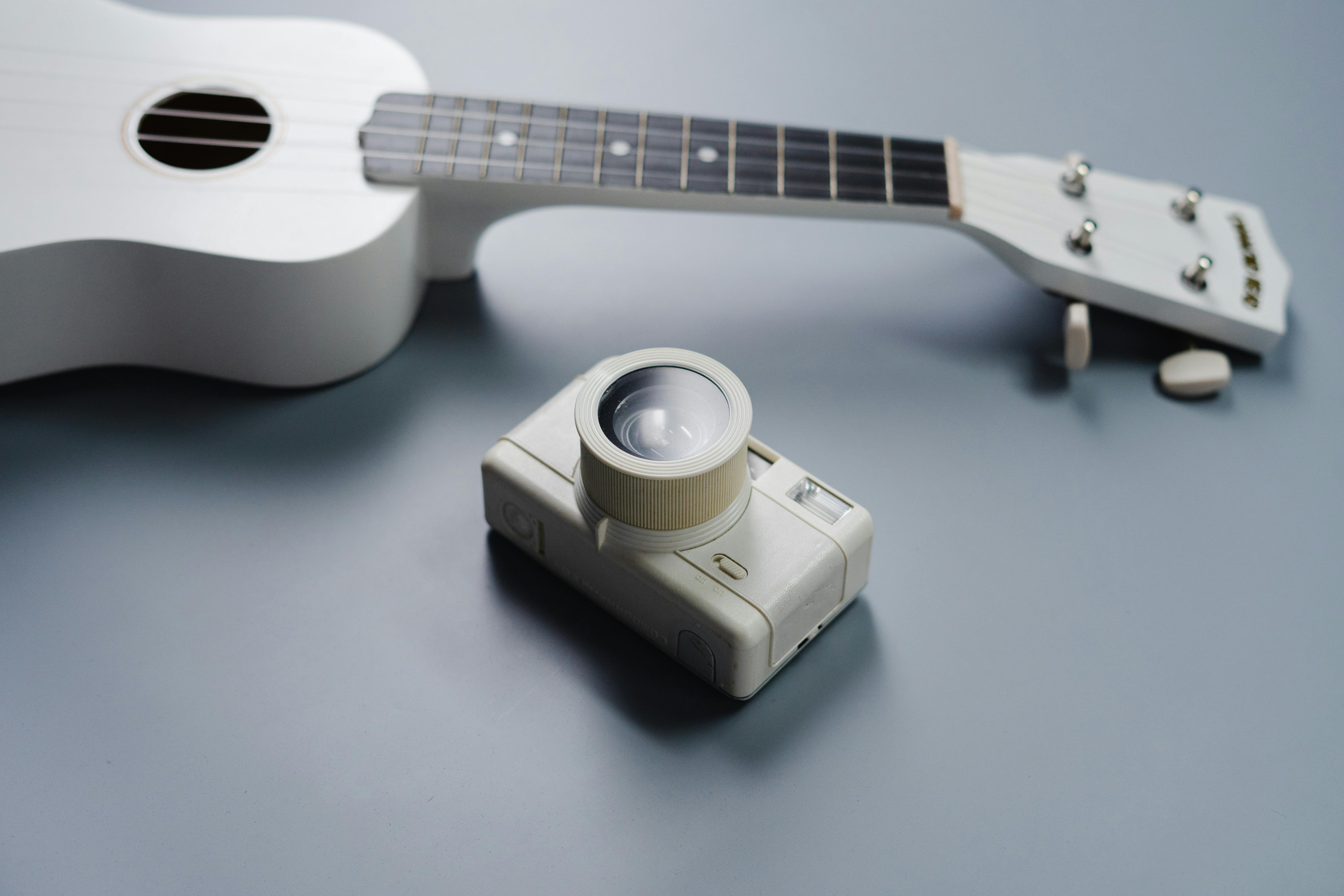We have all heard of the harmful effects of commercial insecticides. But if we are faced with cockroaches flying through the walls, those harmful effects do not seem too harmful and with it we bombard our houses. So before we know it, we start having headaches. It doesn’t have to be this way. There are alternative solutions from our own Mother Nature that are cleaner, safer and work better.
This natural alternative is Boric Acid. It is considered as nature’s homemade insect control. Boric acid is a white powder that is usually mined from the Mojave desert in California. Although it is also used as a preservative and fire retardant, it has been proven to eradicate almost all nuisance household pests such as cockroaches, water bugs, ants, silverfish, termites and palmetto bugs and keep them away for a long time. It also works against fire ants, bed bugs, fleas, beetles, centipedes and millipedes, crickets, grasshoppers and much more. One of the best qualities of borate is that insects do not develop resistance to it unlike chemical pesticides.
Borates were first used as a pesticide in 1922 with the invention of PF Harris’s ‘Cockroach Tablet’. In 1955, a New Newfoundland lumber company began treating its lumber with borates to control termites. It turned out that all the houses with the treated wood were free of termites and wood decay. This worked so well that by 1985 there were more than 200 pesticides containing borate. This later became many products seen today.
In addition to being odorless and non-staining, boric acid and its derivatives are cheap and deadly to all insects. It works by attacking the nervous systems of insects and then dries up their bodies afterward. Borates, when used with chemical solvents like propylene glycol, can be used on wood and concrete, providing long-term protection. Boric acid products are very safe and can be used around children (as it has also been used in certain baby diaper rash balms and ointments). In addition, it also becomes an eyewash when properly diluted. Borate is also used as an effective fire retardant used in the blown-type cellulose insulation that is common in homes.
In use against ants, one tablespoon of boric acid is mixed with one teaspoon of sugar and four ounces of water in a container. This is then poured onto cotton balls and placed in the path of the ants. Stop repeatedly when dry. For roaches, mix together 8 ounces of powdered boric acid, a half cup of flour and an eighth cup of sugar, half a small chopped onion, and a quarter cup of cooking oil. Mix everything well while adding more oil if needed to make a smooth dough. Take the dough and roll it into small marble-sized balls. Put the balls in places where cockroaches usually stay, such as in dark, damp corners. The rest of the dough should be placed in open sandwich bags to maintain softness. When the balls dry out and harden, replace them with new dough. Make sure pets or children don’t come into contact with the balls because they can be very toxic.
For termites, use boric acid mixed with propylene glycol, which is a non-toxic version of antifreeze. In this solution, the glycol helps the borate penetrate into the wood and thus become part of the wood fiber. This has proven to be very successful against termites and is also an effective treatment for dry rot in wood.
